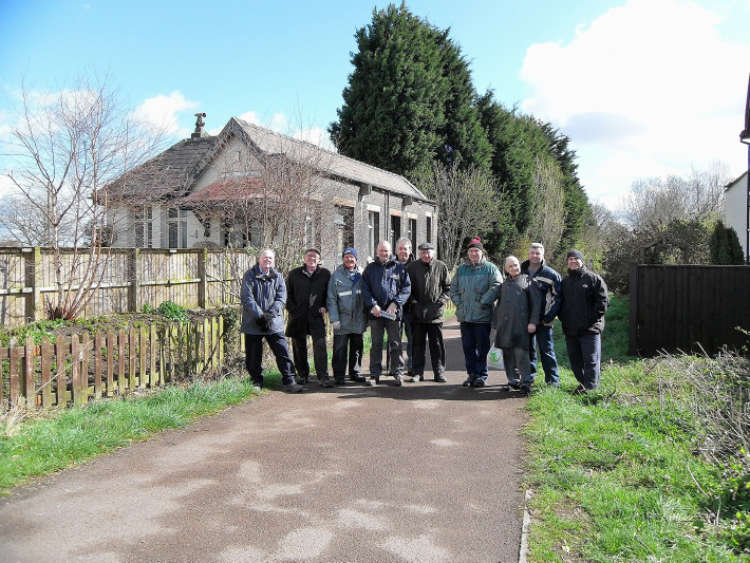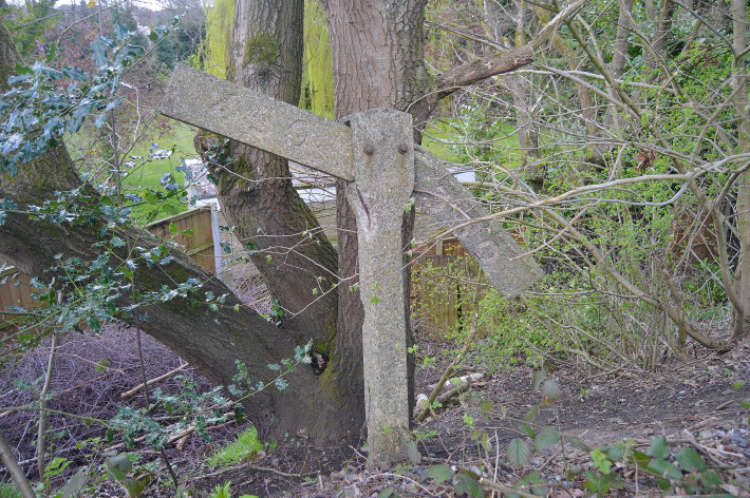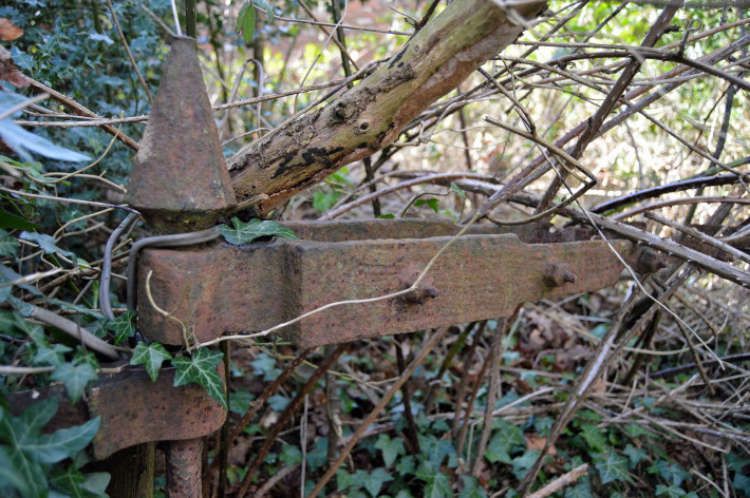
8D ASSOCIATION
The 8D Association is dedicated to promoting the history of the railways of South Lancashire, Merseyside and North Cheshire.
A look back at the walks and visits from 2015.
Wapping Tunnel 17th October 2015.
The re-scheduled Wapping Tunnel visit took place on the 17th and was a very well attended finale to the outdoor programme for 2015. We were guests of the Friends of the Williamson’s Tunnels group as they have been entrusted with the keys to the tunnel by the owners, Liverpool City Council. The tunnel was constructed in 1829 for the Liverpool & Manchester Railway and was the first main line railway tunnel in the world. Sadly access to the full length of the tunnel up to the site of the Moorish Arch at Edge Hill is precluded by a large lake a couple of hundred yards into the tunnel itself. This has been caused by demolition rubble, from the Park Street Goods Station being pushed into the tunnel to around a depth of 6 feet. A large pyramid shapes mound stands at the entrance to the tunnel created when a Land Rover commercial was filmed there several years ago. It is the aspiration of the Williamson’s Tunnel group to get permission to clear the infill within the tunnel to allow the water to be drained away which would allow access to its entire length. A very interesting trip with stables, signal box hewn out of the sandstone and various gas fittings and pipe work visible, tinged with sadness that this historic piece of railway engineering has been all but abandoned. We wish the Williamson’s Group the very best in saving this slice of history.
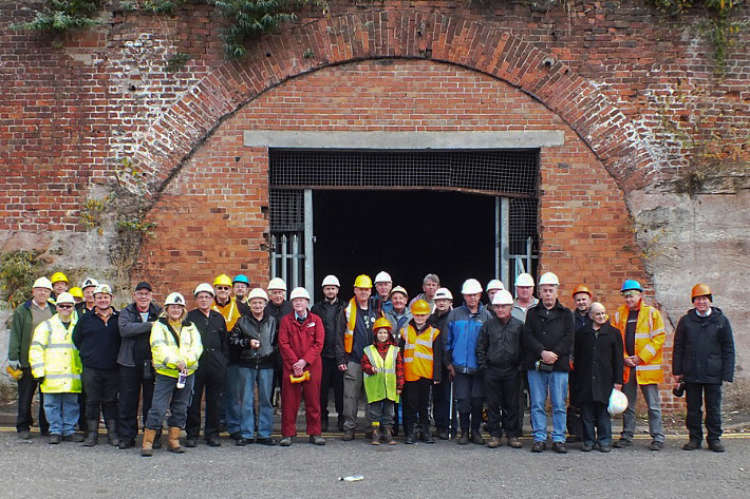
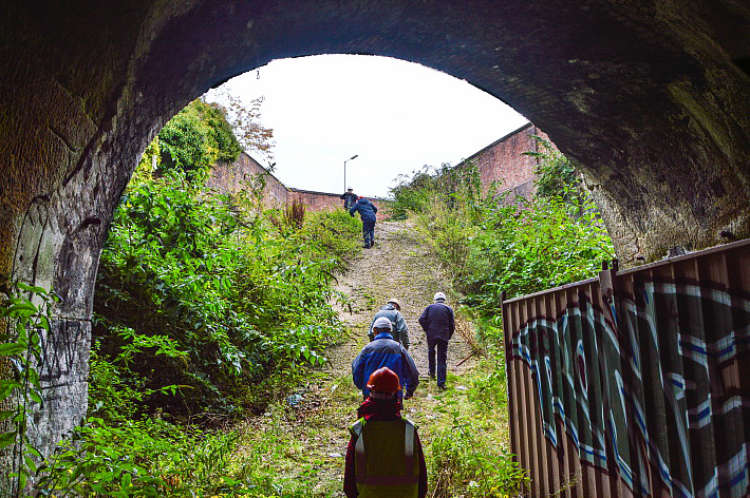
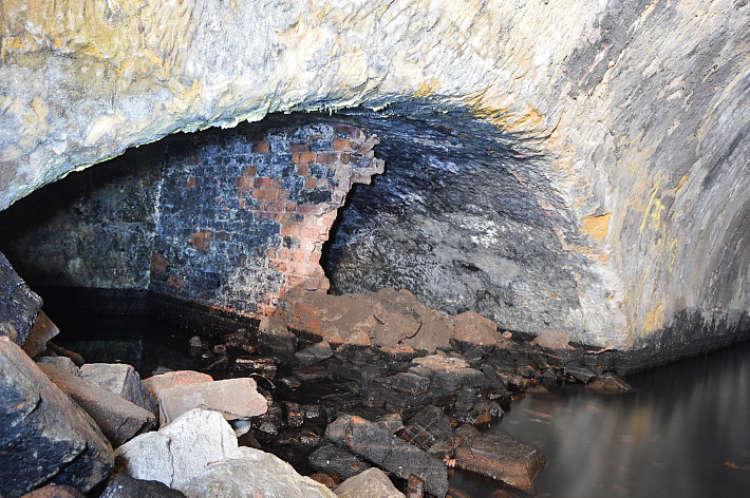
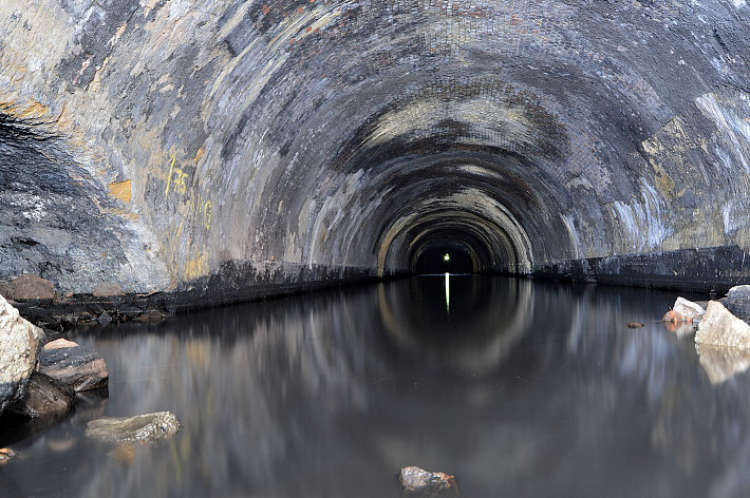
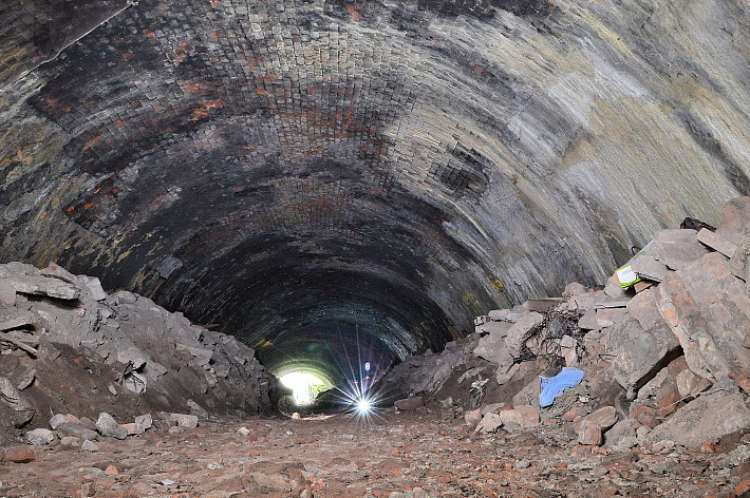
Llangollen Railway 15th August 2015.
A trip was undertaken utilising a former Crosville bus from Widnes to the Llangollen Railway at Carrog. With a trip on the railway’s restored Wickham DMU and a guided tour of the workshops members were treated to a very interesting day. Many of the participants agreed that the bus journey had brought back memories of travelling on the H1 from Widnes to Liverpool during their childhood.
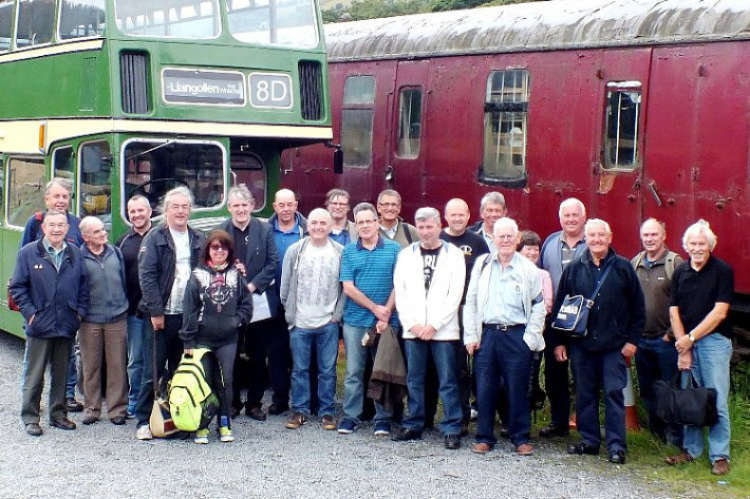

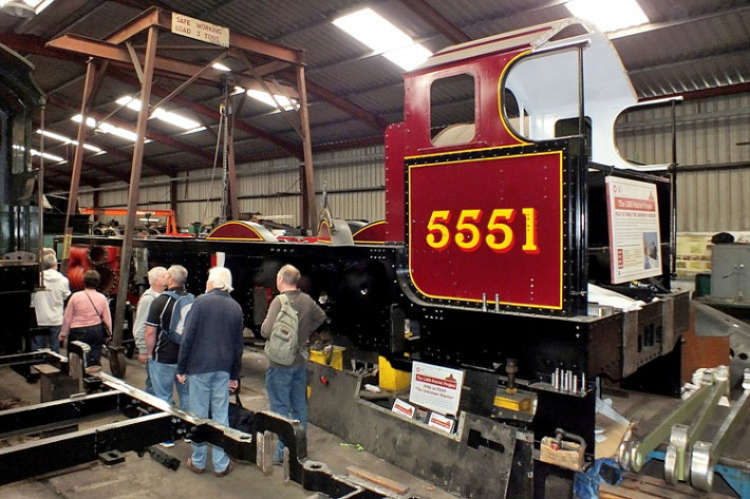
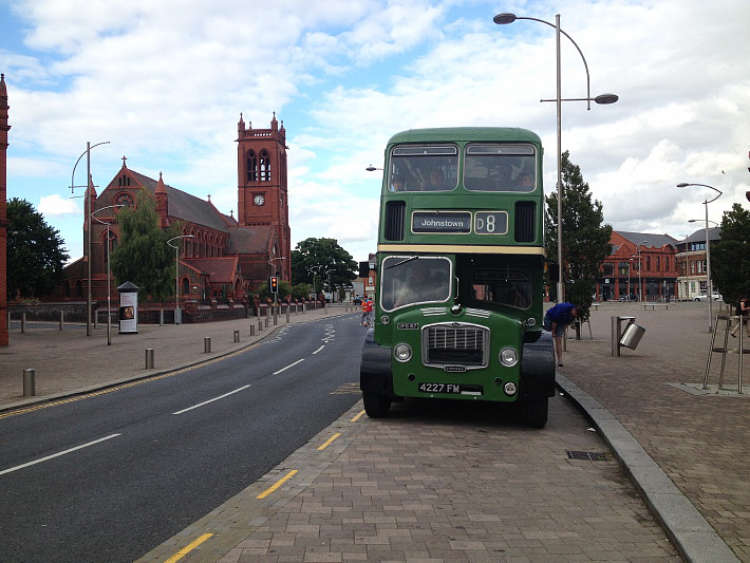
Chester Rail Ale 18th July 2015.
A Sunny Saturday afternoon saw several of the 8D members tour rail related sites around the City of Chester with several public houses thrown in for good measure. A look around Chester (General) station revealed several LMS artefacts mainly in the form of painted notices informing passengers of facilities and directions. A good collection of GEC lanterns specially built for BR could also be seen above the bike racks by the un-numbered platform. We moved from there to view the final portion of tramway surviving from the small system which operated in Chester and onto Chester Northgate station site, now the site of Northgate arena, to compare some old photographs. An impromptu visit to 8D member Paul Boyland’s well stocked shop was also taken in.
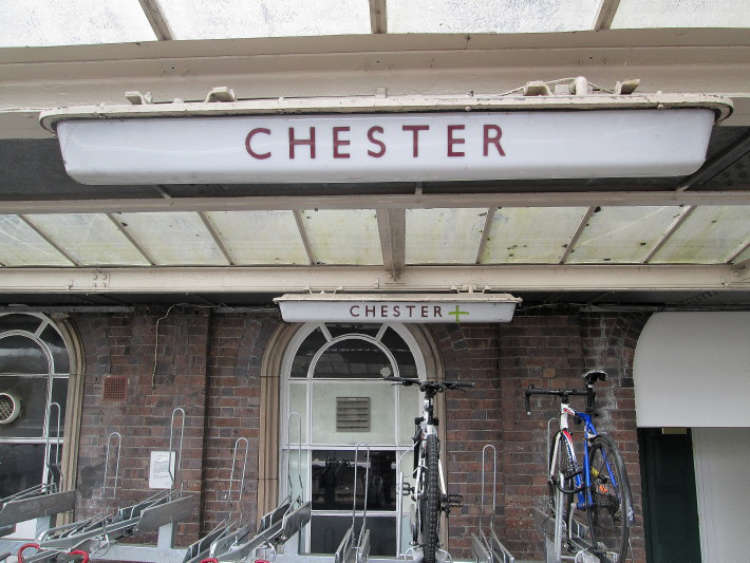
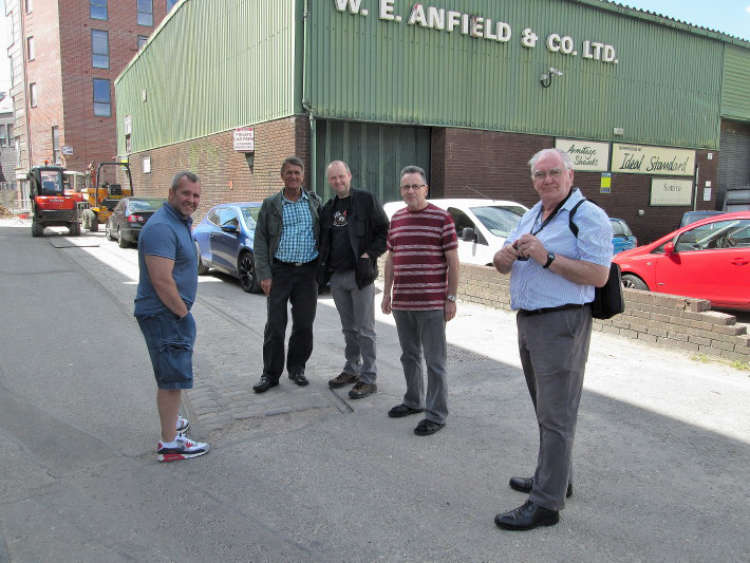
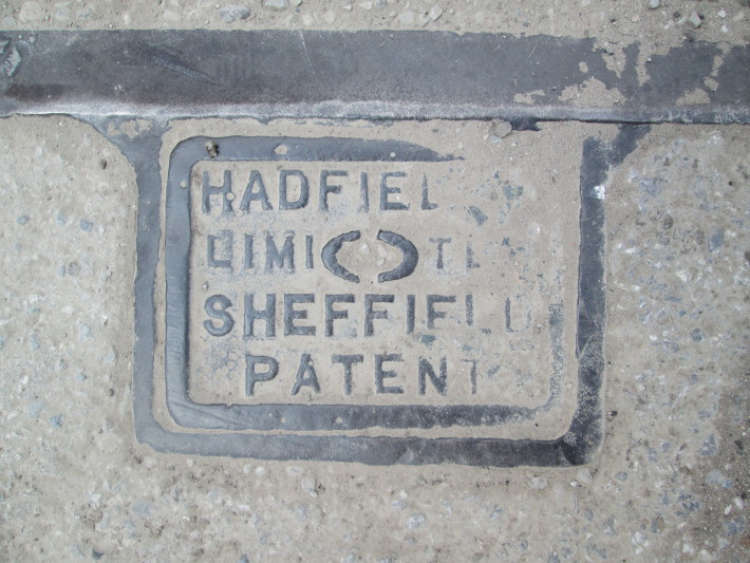

Great Howard St Goods 4th July 2015.
On Saturday 4 July 2015 the association visited the sites of the LYR stations at Liverpool Exchange and Liverpool Great Howard Street. Great Howard Street was a passenger station for a very short period between 1848 and 1850 but it went on to become a large goods station on two levels. There was still much to see including the Grand Arch. The LNWR Waterloo branch and its associated link to Liverpool Riverside were also visited. To make the visit even more interesting the Cunard ship Queen Mary 2 was at the Liverpool Liner Terminal. It turned out the railway enthusiasts on the tour also had an interest in ships so all present agreed that it was an excellent morning.

More information on Riverside station is available here
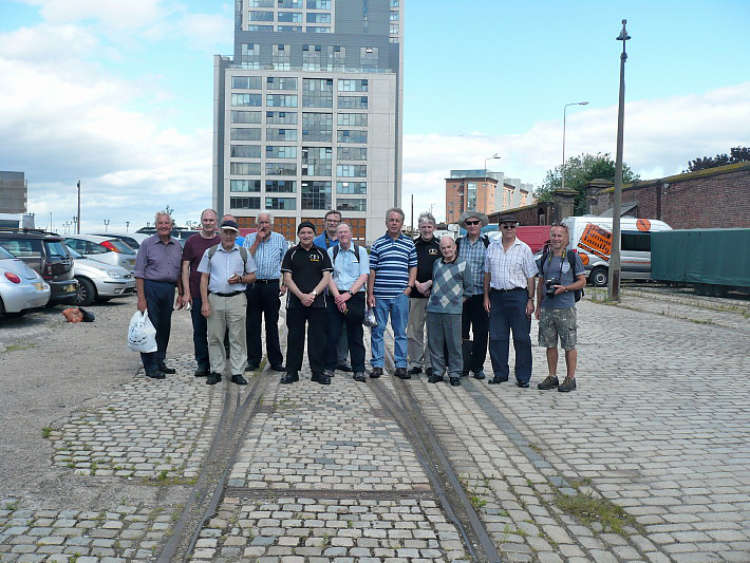
Hale Carnival 20th June 2015.
The 8D Association photographic exhibition was displayed at the Hale Carnival this year with several members on hand to discuss the photographs on offer and the work that the association does for its members.

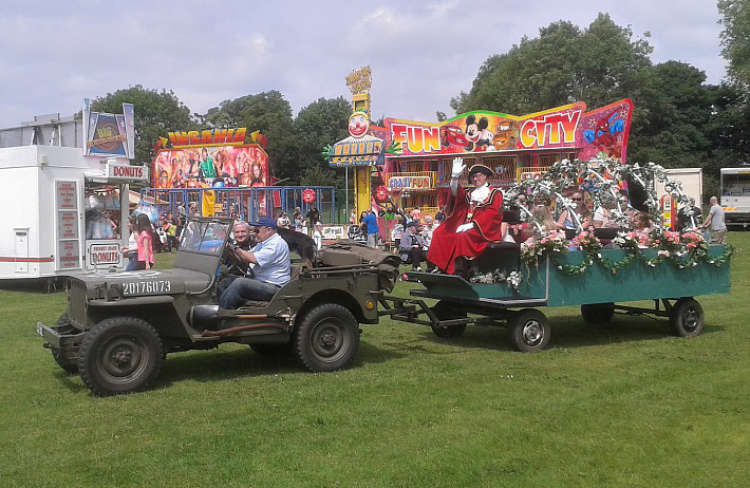
W.D.M.E.S. visit 7th June 2015.
The Warrington & District Model Engineering Society gave several of then 8D members a warm welcome on a right Sunday afternoon to their railway in Daresbury. Many types of hand built locos were in action with a demonstration freight hauled by a charming saddle tank and the opportunity for members to drive some of the locos around the lengthy circuit the society has built. 8D and WDMES member Roy Allen gave us a guided tour of the track and showed us the ambitious extension that is now under construction. The society is open to the public on certain Sundays and their website can be found here. The 8D would like to express their thanks to the members of the society for the hospitality shown during the day.


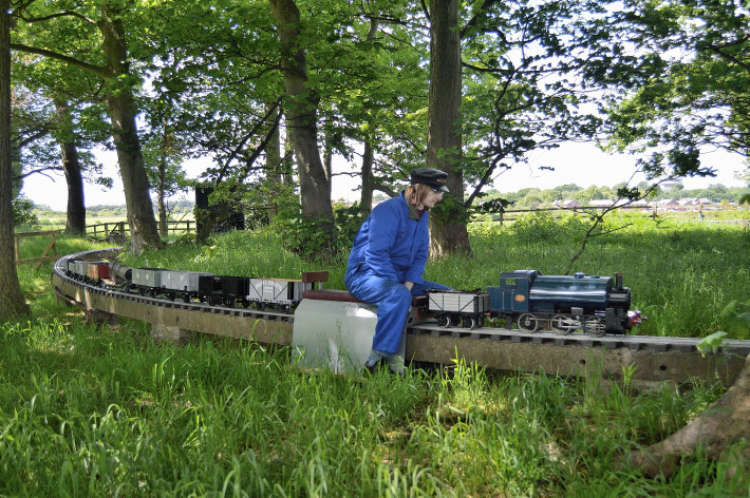


Rainford Junction walk 21st May 2015.
The first of the Thursday evening walks of the year was well patronised for the walk along the trackbed of the former St Helens & Runcorn Gap Railway branch which ran from Rainford to St Helens. Following an informative introduction to the history of the line we walked through to Randle Junction and onto the site of Rainford Village station. Information being provided by Rod Dixon who had worked along the line in his driving days. The big surprise for myself, and several others was the earthworks required south of the station towards St Helens.
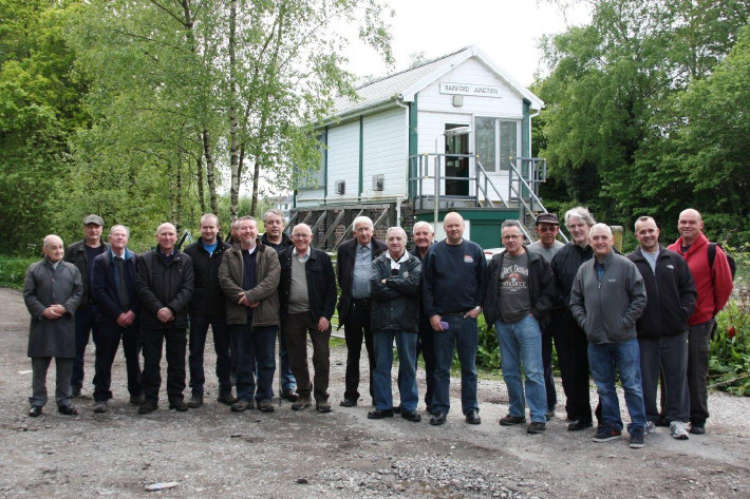
Click here to see a feature on the box and the changes it has seen.
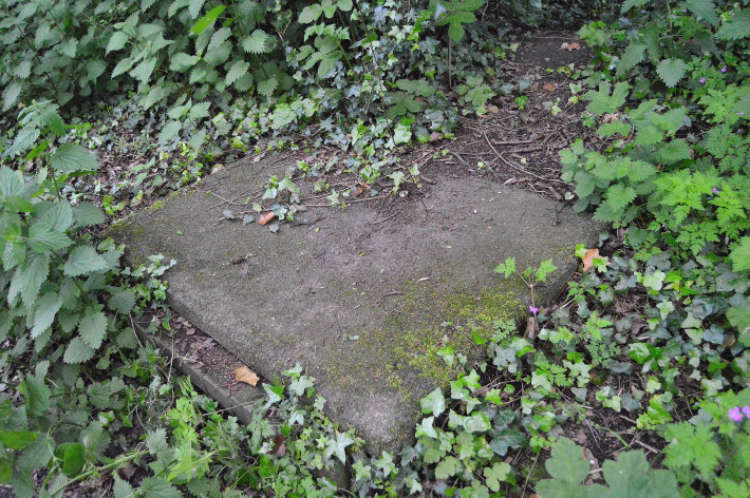

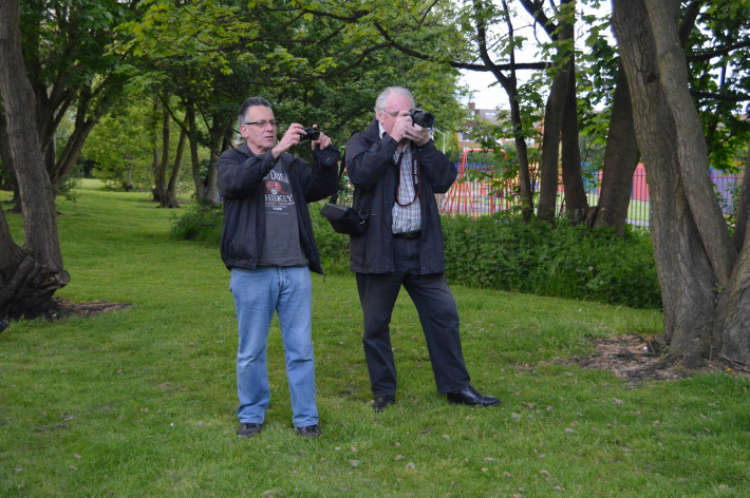
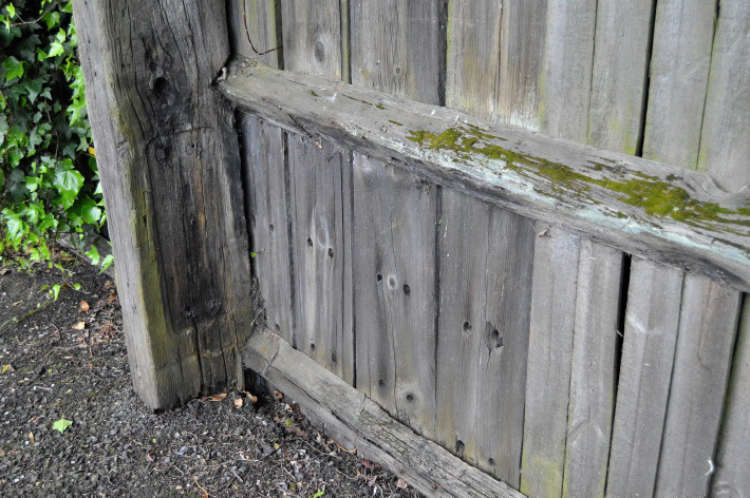
Warrington & Stockport Railway, Lymm 11th April 2015.
An enjoyable walk along the trackbed of part of the Warrington & Stockport Railway, opened 1 November 1853 and closed July 1985, from the site of Lymm station through to Heatley & Warburton station. The trackbed and surrounding embankments are still rich in railway artefacts from this once busy through route. Following the withdrawal of passenger services in 1965 the line was latterly used as a freight route primarily for coal from the Yorkshire Coalfields to Fiddlers Ferry Power Station. The route now forms part of the Trans Pennine Trail route 62 of the National Cycle Network managed by Sustrans and is popular with cyclists and walkers alike.
